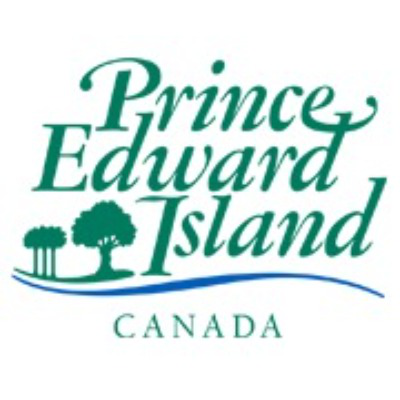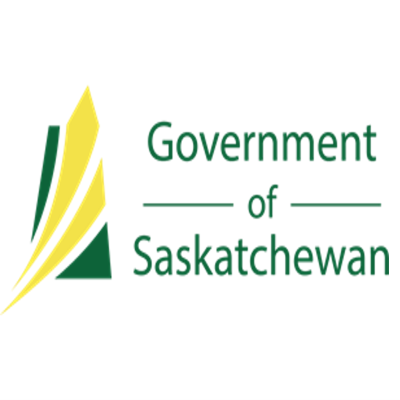transportation
Type of resources
Available actions
Topics
Keywords
Contact for the resource
Provided by
Years
Formats
Representation types
Update frequencies
status
Scale
Resolution
-

ELF Transport Networks (TN) Iceland is one of 12 themes in the European Location Project (ELF). The purpose of ELF is to create harmonised cross-border, cross-theme and cross-resolution pan-European reference data from national contributions. The goal is to provide INSPIRE-compliant data for Europe. A description of the ELF (European Location Project) is here: http://www.elfproject.eu/content/overview. The transport layer contains both line and polygons. The linelayer shows the transport network but the polygon layer contains the airports. Encoding: INSPIRE version 4
-

2015 to 2018 Capital Bridges
-

FERRYSEG_OFFICIAL provides the information about the Ferry Connection Segments. Ferry Connection Segment is the specific representation of a portion of a ferry connection with uniform characteristics. FERRYSEG_OFFICIAL is one of the base layer used to create "Ferryseg" layer for Saskatchewan Upgraded Road Network (SURN) and National Road Network (NRN). This data layer has been created for mainly MHI data users, that require relatively up-to-date and accurate description of all ferry routes in the Province of Saskatchewan. FERRYSEG_OFFICIAL consists of the data for the average route a ferryboat takes when transporting vehicles between two fixed locations on the Road Network. "NID" National Identifier is used to manage the updates between data producer and data users. FERRYSEG_OFFICIAL data layer serves as a foundation for SURN, NRN, SASK911 and other applications.
-

2015 to 2018 Capital Roads
-

Roadside barriers are physical obstructions to retain vehicles that have left the travelling lane on the road. In the Yukon, the most common barriers are W-beam (also known as guiderail) and concrete roadside barrier (CRB, also known as jersey barrier). Distributed from GeoYukon by the Government of Yukon . Discover more digital map data and interactive maps from Yukon's digital map data collection. For more information: geomatics.help@yukon.ca
-

BRIDGES_PT_25K contains center point locations of bridges along roads. It does not include bridges along Unmaintained Roads. Distributed from GeoYukon by the Government of Yukon. Discover more digital map data and interactive maps from Yukon's digital map data collection. geomatics.help@yukon.ca < p style='font-family:inherit; font-size:16px; margin-top:0px; margin-bottom:1.5rem;'>
-

Created for distribution by the GeoYukon application as a comprehensive resource for all publicly available Transportation information in the Yukon Government. This data may be used directly by other applications to dynamically display Yukon data; however, it may be subject to change as data sets are updated or added.
-

Traditional territories of Yukon first nations and settlement areas of Inuvialuit and Tetlit Gwich'in within the Yukon Territory. This data was built using the 1:1,000,000 Digital Chart of the World (DCW) data as the base and the 1:500,000 hardcopy traditional territory maps as signed by individual First Nation chiefs on November 8, 1988 for the line work. Distributed from GeoYukon by the Government of Yukon . Discover more digital map data and interactive maps from Yukon's digital map data collection. For more information: geomatics.help@yukon.ca
-

A Culvert is a pipe (less than 3m in diameter) or half-round flume used to transport or drain water under or away from the road and/or right of way. Culverts that are greater than or equal to 3m in diameter are stored in the MoT Bridge Structure Road Dataset. It is a Point feature
-

This dataset includes maintenance, quarries, stockpile, borrow , and gravel pits used by Transportation Division. Other pits and quarries not used by Transportation Division are also included. Pit features where the source is "records" may have a poor position accuracy. Distributed from GeoYukon by the Government of Yukon . Discover more digital map data and interactive maps from Yukon's digital map data collection. For more information: geomatics.help@yukon.ca
 Arctic SDI catalogue
Arctic SDI catalogue